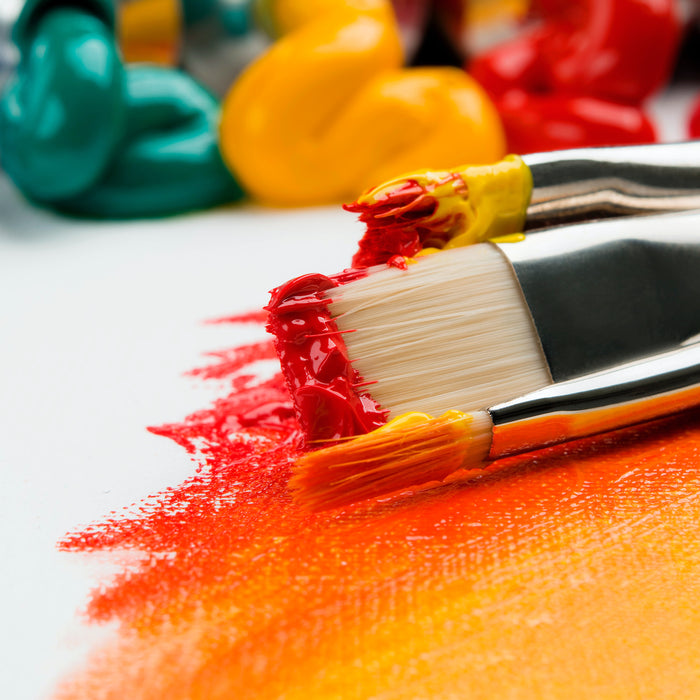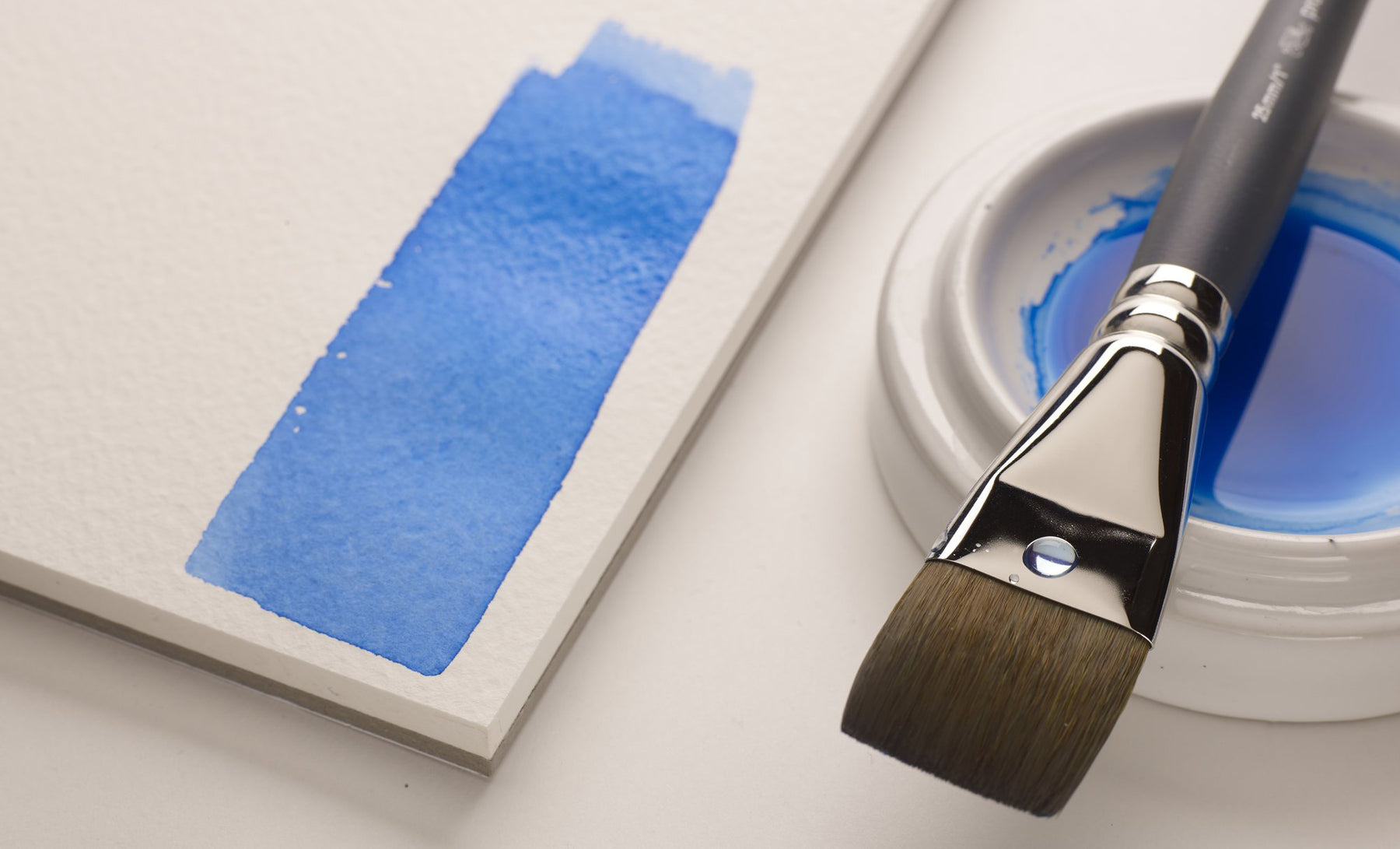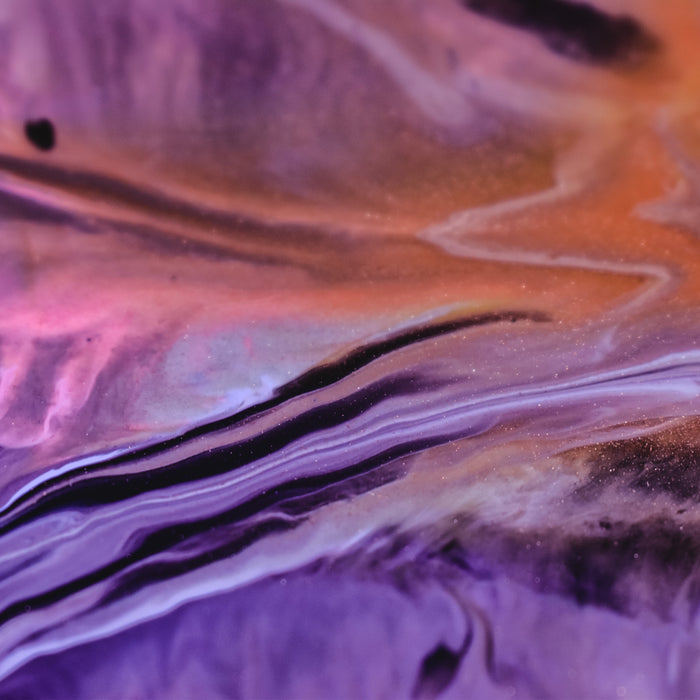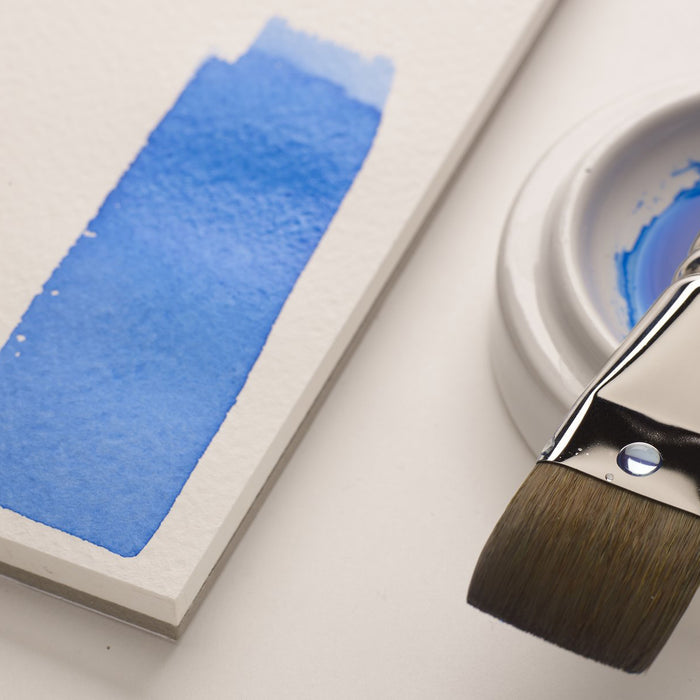
Best Acrylic Paints in 2023
Are you an aspiring or professional artist looking for a reliable set of acrylic paints? With so many brands and types out there today, it can be challenging to narrow down the best options. To help you on your journey...

Selecting the right watercolour paint brushes is essential for artists of all levels, as it significantly influences the painting experience, artwork quality, and overall satisfaction. The appropriate brushes help achieve desired effects, blend colours smoothly, and enhance the artwork. This guide aims to provide valuable information on choosing the best brushes for your needs by discussing various factors, such as materials, shapes, and sizes, and offering tips and recommendations to make informed decisions for creating stunning, expressive art with confidence and ease.
Different types of watercolour paint brushes
Round brushes: These versatile brushes come to a fine point, making them perfect for detail work, filling in small areas, and creating thin to thick lines. They are the most commonly used brush type for watercolour painting.

Flat brushes: Characterised by their flat, rectangular shape, these brushes are ideal for creating bold strokes, sharp edges, and filling in large areas of colour. They can also be used for washes and variegated wash techniques.

Filbert brushes: A hybrid between round and flat brushes, filbert brushes have a rounded, oval shape that tapers towards the end. They are suitable for blending and creating soft, rounded edges, making them popular for painting petals and leaves.

Angle brushes: These brushes have bristles cut at an angle, forming a tapered edge. They are commonly used for creating fine details, making thin lines, and adding texture to a painting. The angled shape allows for greater control and precision in artistic expression.

Fan brushes: With bristles spread out in a fan shape, these brushes are typically used for special effects, such as creating textures, grass, or blending colours on the paper.

Natural hair brushes: Made from animal hairs, such as sable, squirrel, or hog, these brushes are known for their excellent water and pigment retention, flexibility, and fine point.
Synthetic brushes: Constructed from man-made materials like nylon or Taklon, synthetic brushes are more affordable and durable than natural hair brushes.

Cleaning brushes after each use
To ensure the longevity and performance of your brushes, clean them thoroughly after each painting session. Rinse the bristles under lukewarm water, gently working out any pigment with your fingers or a mild soap. Avoid using hot water, as it may damage the bristles and loosen the glue holding them in place.
After cleaning, gently reshape the bristles with your fingers to maintain their original form. For natural hair brushes, you can use a brush preserver or a gentle hair conditioner to keep the bristles soft and supple. Let the brushes dry horizontally or with the bristles facing downward, avoiding standing them upright, which may cause water to seep into the ferrule and damage the brush.
Store your brushes in a well-ventilated area away from direct sunlight to prevent damage to the bristles and handles. You can use a brush holder, roll-up case, or magnetic strip to keep your brushes organised and protected. Regularly inspect your brushes for any signs of wear or damage, and replace them when necessary to maintain optimal performance.
Selecting the right watercolour brushes is vital for artists, as it influences the painting experience and artwork quality. Consider factors like size, shape, stiffness, handle length, price, and brand reputation when choosing brushes. Proper care and maintenance prolong brush life and ensure optimal performance. Embrace exploration and experimentation with different brushes to find the perfect fit for your unique style and techniques. Investing in high-quality brushes and maintaining them significantly enhances your painting experience and artwork quality. Continue learning, experimenting, and refining your choices to create beautiful, expressive art confidently and effortlessly.
Additional Readings
Acrylic Painting for Beginners: Step-by-Step Guide
Best Oil Paints in 2023
Varnishing Watercolours

A: The most common types of brushes used for watercolour painting are round brushes, flat brushes, and mop brushes.
A: Round brushes are versatile and commonly used for sketching, outlining, adding details, and creating thin to thick lines.
A: Flat brushes are suitable for covering large areas, creating straight edges, and producing broad, bold strokes.
A: Mop brushes have a large, round shape and are excellent for applying washes, blending colours, and creating soft, flowing effects.
A: Natural hair brushes, such as sable or squirrel hair, are known for their excellent water-holding capacity and ability to create smooth, controlled strokes. Synthetic brushes are more affordable and often have good spring and durability, making them suitable for various painting techniques.
A: Brush sizes are labelled numerically, with smaller numbers indicating finer brushes and larger numbers indicating larger brushes. Choose the brush size based on the area you want to paint and the level of detail required.
A: After painting, rinse brushes thoroughly in clean water, gently reshape the bristles, and lay them flat or hang them to dry. Avoid leaving brushes in water or solvents for extended periods, as it can damage the bristles.
A: It is generally recommended to use separate brushes for different colours to prevent colour contamination. However, if you clean the brush thoroughly between colours, you can use the same brush for different hues.
A: The lifespan of a brush depends on its quality, frequency of use, and proper care. With regular cleaning and maintenance, good quality brushes can last for a long time. However, if the bristles become frayed, lose their shape, or are no longer responsive, it may be time to replace the brush.

Are you an aspiring or professional artist looking for a reliable set of acrylic paints? With so many brands and types out there today, it can be challenging to narrow down the best options. To help you on your journey...

Acrylic pour painting is an engaging and easy-to-learn art technique where fluid acrylic paints are poured onto a canvas or other surface, creating mesmerising patterns as colours blend. This enjoyable method offers limitless creative possibilities for experimentation. Acrylic pour painting...

Selecting the right watercolour paint brushes is essential for artists of all levels, as it significantly influences the painting experience, artwork quality, and overall satisfaction. The appropriate brushes help achieve desired effects, blend colours smoothly, and enhance the artwork. This...